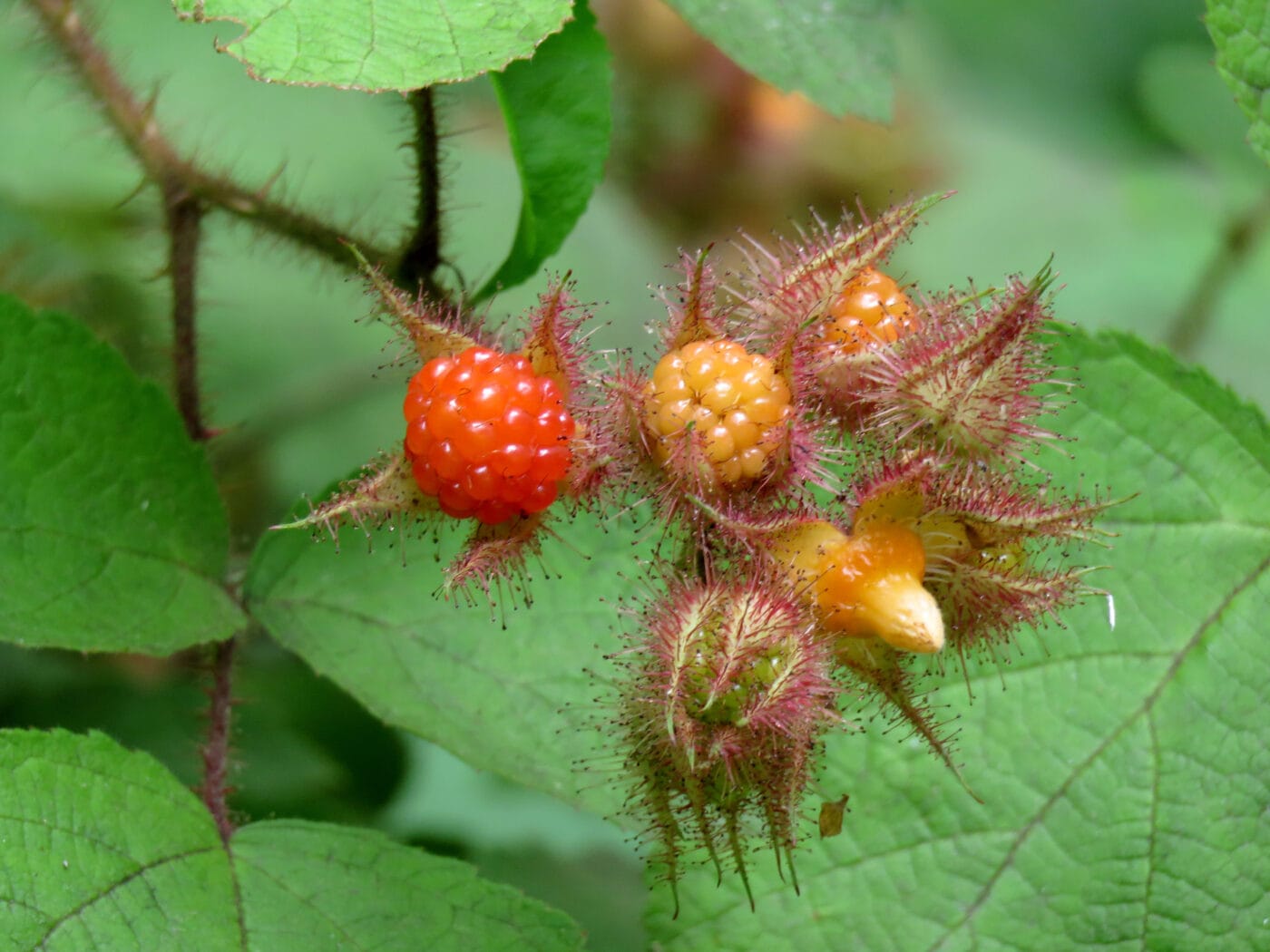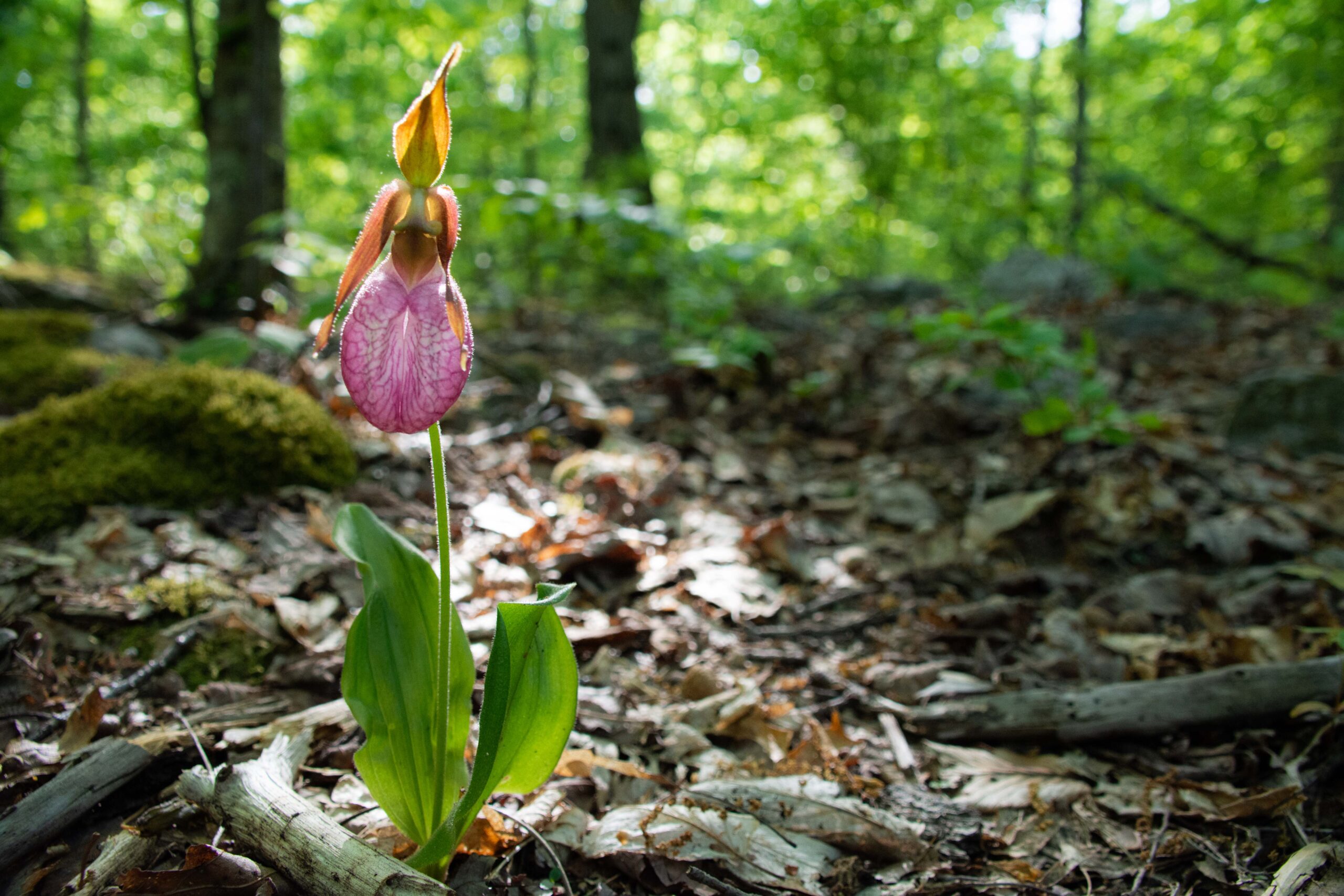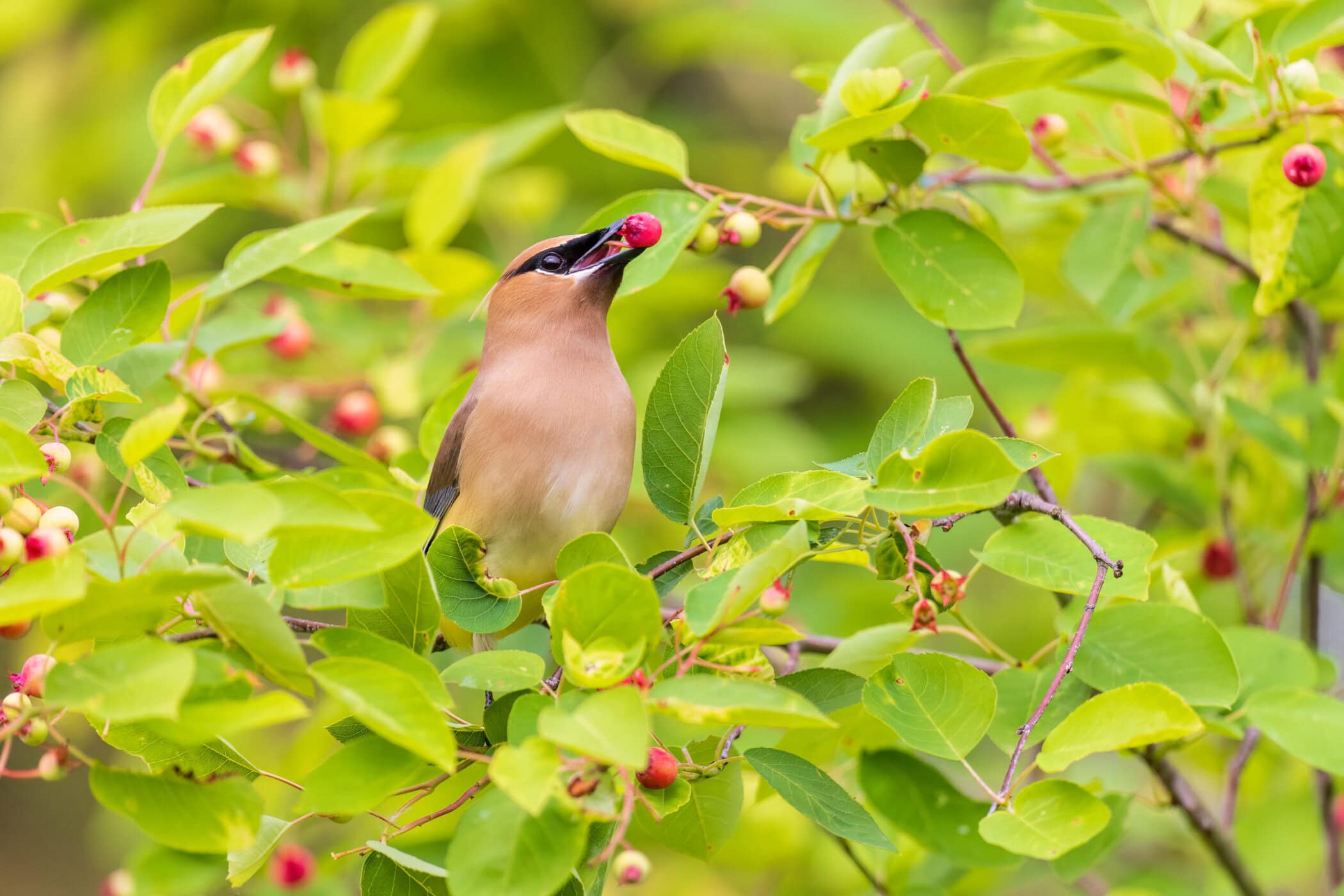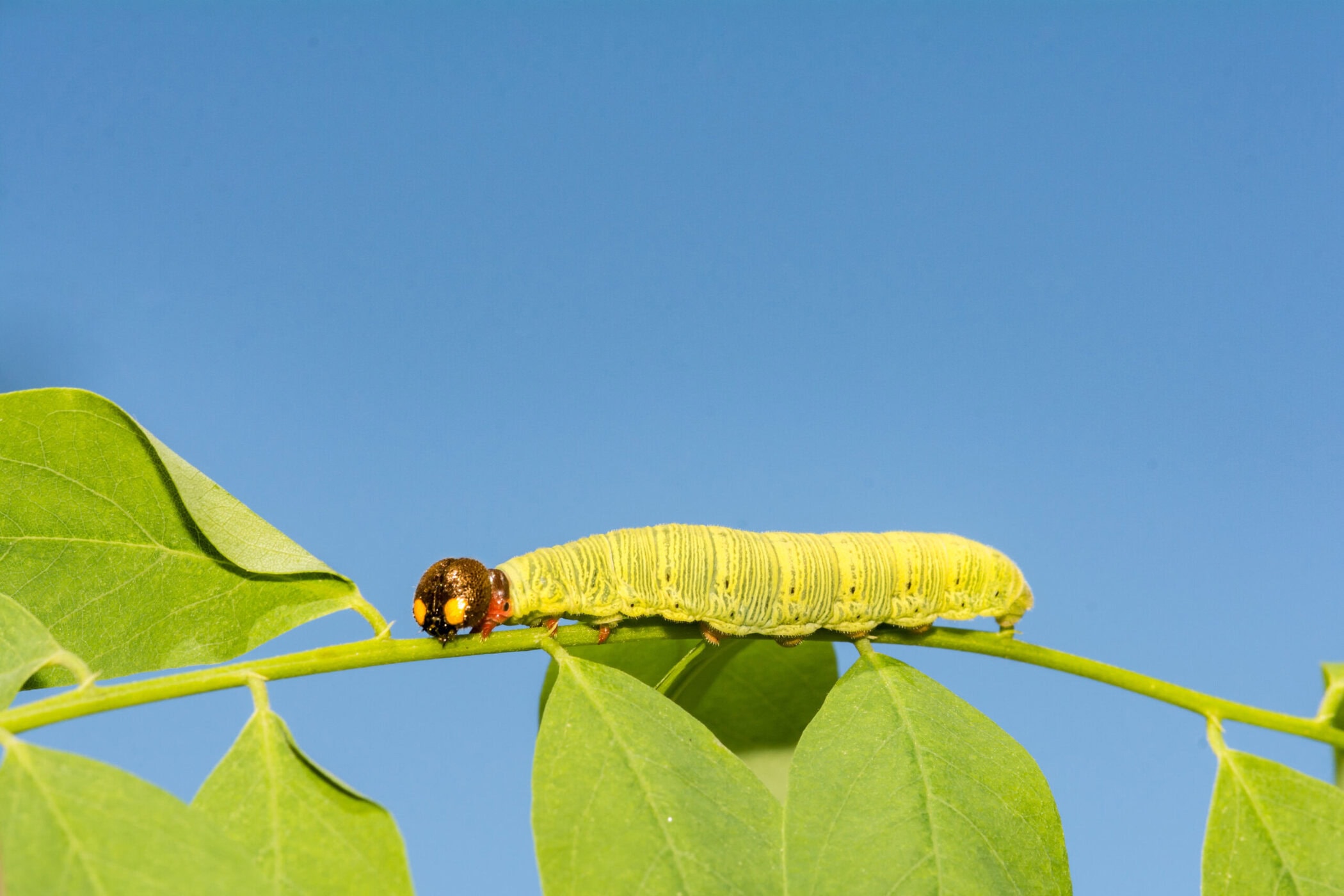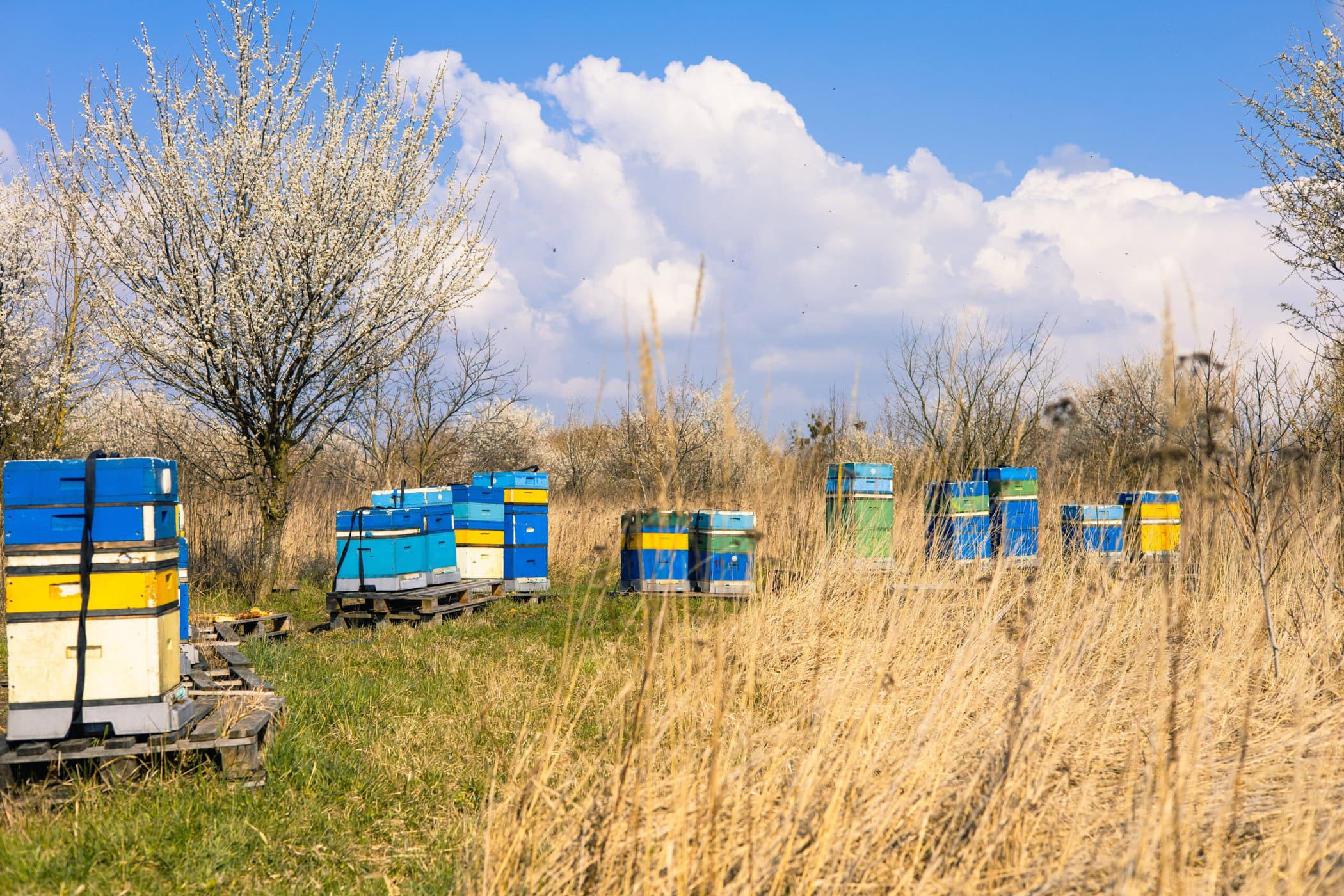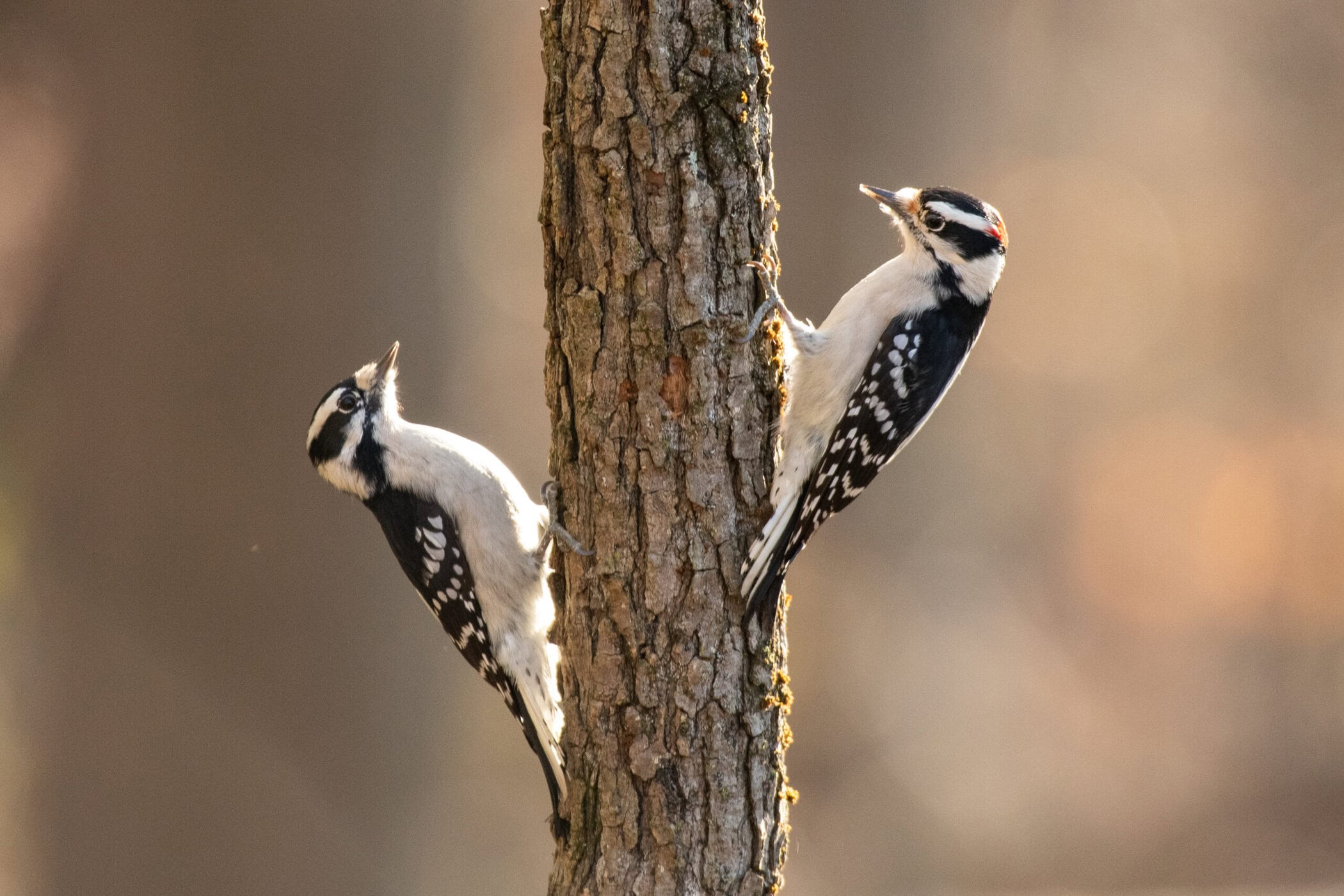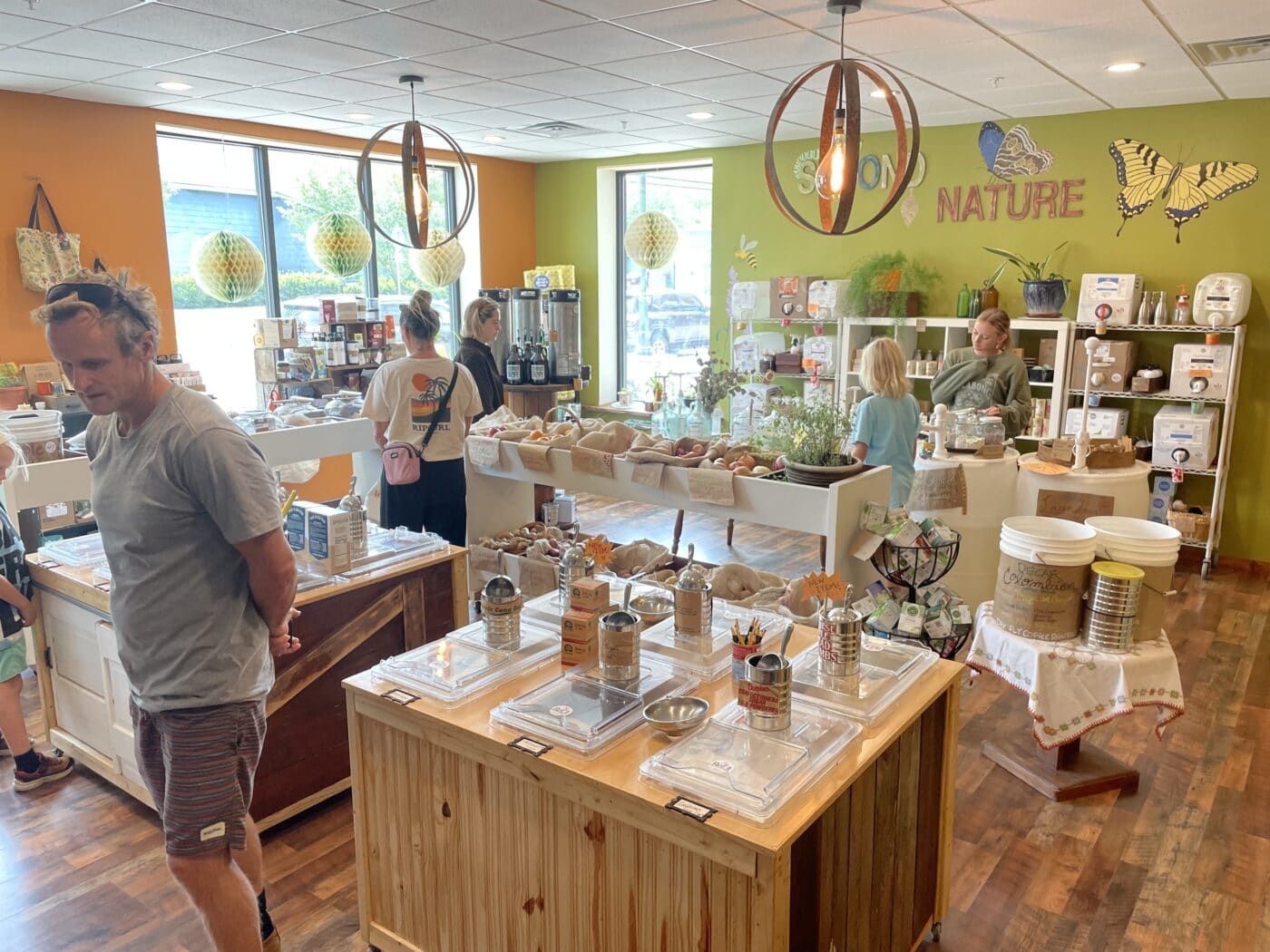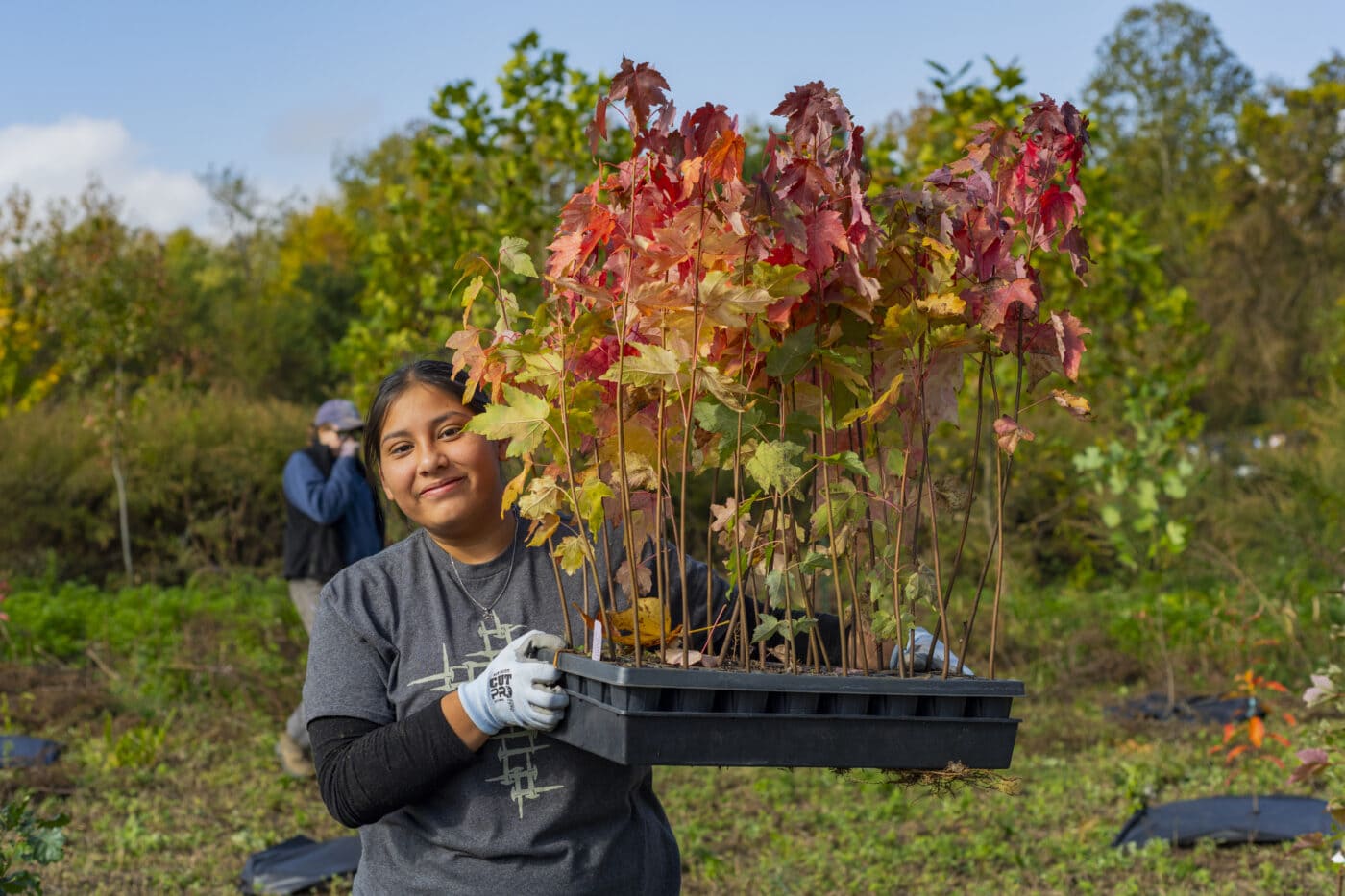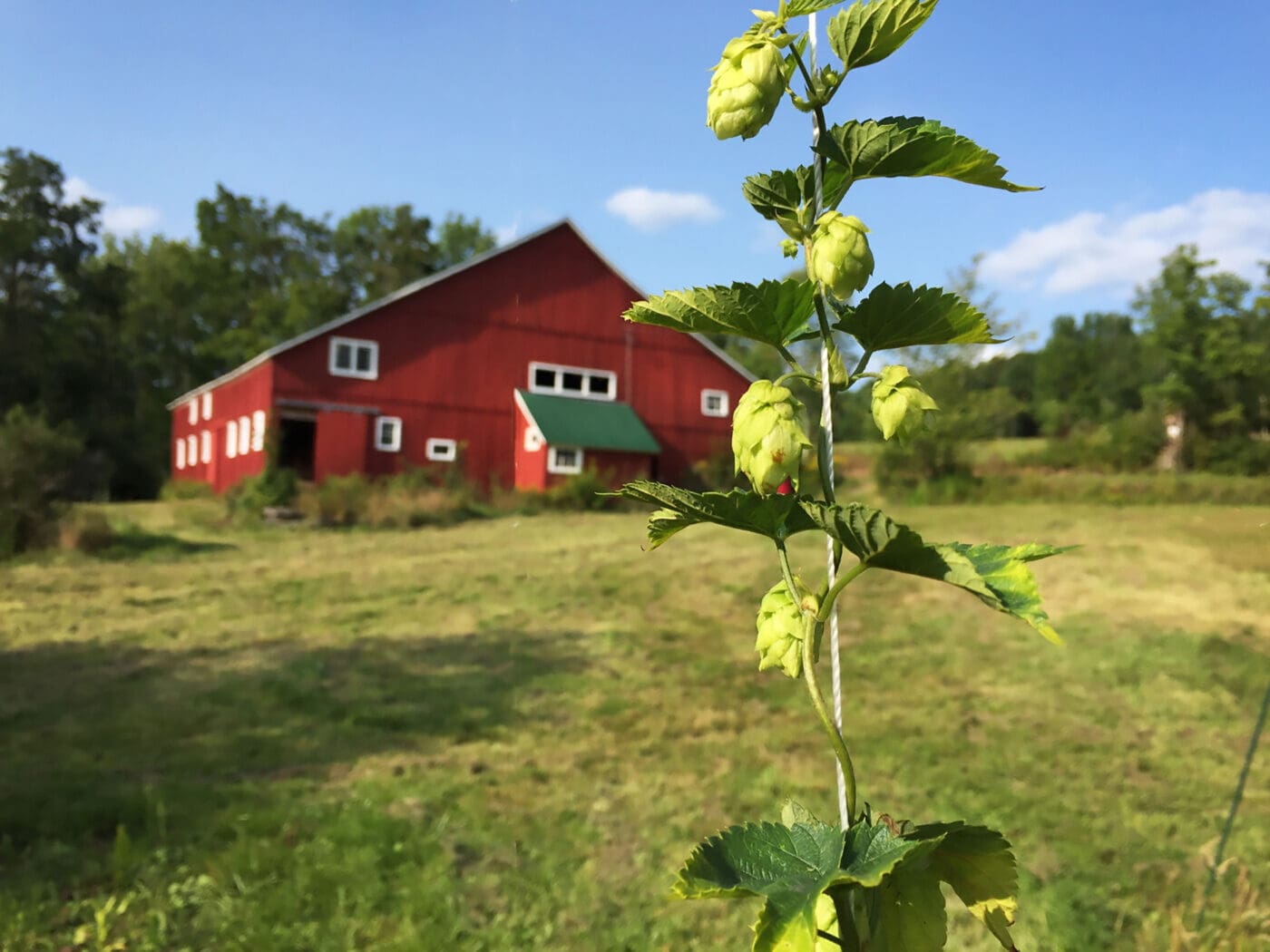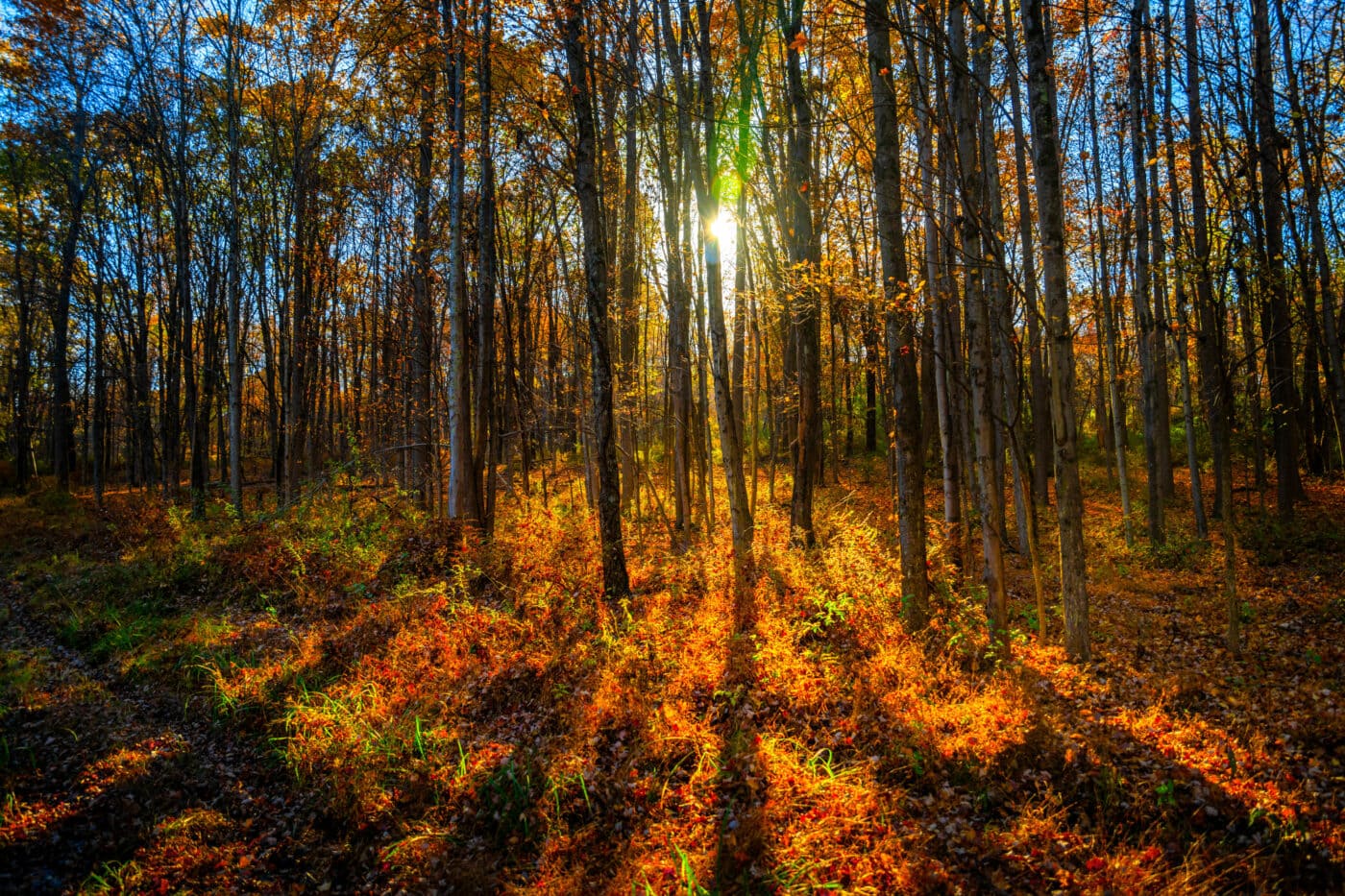Invasive plants wreak great havoc in the Hudson Valley, crowding out native species that birds and other animals depend on for food and shelter. For the home gardener, they’re also a pain in the neck, seeming nearly impossible to eradicate. But one way to “weed out” some invasive plants — including a few of the peskiest — is by eating them. Here are half a dozen non-native plant pests that can add spice to your meals.
Be sure to properly identify any plants prior to consuming them. Heed all cooking directions and restrictions, and if you’re hesitant about eating something, don’t.
You won’t have any trouble finding these six plants. To prevent the trampling of native vegetation and the accidental spread of collected invasives, please don’t pick them in Scenic Hudson parks. And don’t transplant any in your yard.
Garlic mustard (Alliaria petiolata)
One of the oldest spices in Europe, its use traced back to 4000 BCE, garlic mustard was introduced to the U.S. in the 1800s for food and medicinal purposes. Dubbed “the evil spawn of the woodland” by the New York Times, it spreads in shade or light sun. Interestingly, animals don’t seem to enjoy it.
What does it look like? A long, branched stalk with triangular leaves. A biennial plant (meaning it has a two-year life cycle), it sports small white flowers in year two.

Where’s it found? In the forest understory and along forest edges and roadsides. Feast on it ASAP; it will be dead by the beginning of July.
What does it taste like? Roots taste similar to horseradish. Leaves and stems (per the plant’s name) are garlicky and bitter.
What’s it good for? Young leaves add zing to a salad, while young, soft sprouts can be stir-fried or added to soups or stews. Or try this bevy of recipes — everything from garlic mustard ravioli to garlic mustard soup.
FYI: Garlic mustard contains small traces of cyanide, as do broccoli, cabbage and kale, so it’s wise not to over-consume it raw. Smaller leaves are less toxic. Before eating older, larger leaves, blanch or boil them.
Japanese knotweed (Polygonum cuspidatum Sieb. & Zucc)
Native to Japan, China and Korea, Japanese knotweed was introduced to the U.S. in the 1890s as an ornamental plant. By the 1930s, it had already been deemed a pest. Bon Appetit magazine calls it “one of the feistiest, most destructive…invasive species out there,” yet says it “tastes like rain.”
What does it look like? 3-6 feet tall, with hollow stems similar to bamboo. Leaves are egg-shaped and flowers are greenish-white. It grows taller throughout the spring and summer before dying back in the fall.

Where’s it found? Basically anywhere: It tolerates a wide variety of soil types and moisture conditions. However, it thrives along roadways and in disturbed areas with plenty of sun.
What does it taste like? Stems are sour, a lot like rhubarb.
What’s it good for? Tart, crunchy and juicy, stems can be eaten raw or cooked. Steam or boil young shoots for 4-5 minutes and serve like asparagus. Older stems are a great rhubarb substitute in pies, like this recipe from The Old Farmer’s Almanac.
FYI: Heed this advice from foragerchef.com: “Knotweed can regrow like a literal plant zombie if you toss it in your compost. Bake, boil, microwave, incinerate or otherwise denature any scraps you have from cooking to avoid an infestation in a place you live.”
Mugwort (Artemisia vulgaris)
In Europe and Asia, mugwort has been used as a food and medicinal herb for thousands of years. The ancient Romans allegedly planted it along roadsides so soldiers on the march could put it in their sandals to relieve aching feet. It’s said that French missionaries first brought it to North America in the 1600s.
What does it look like? 4-6 feet in height with reddish-brown flowers in summer. Leaves are dark green above and silvery white underneath.
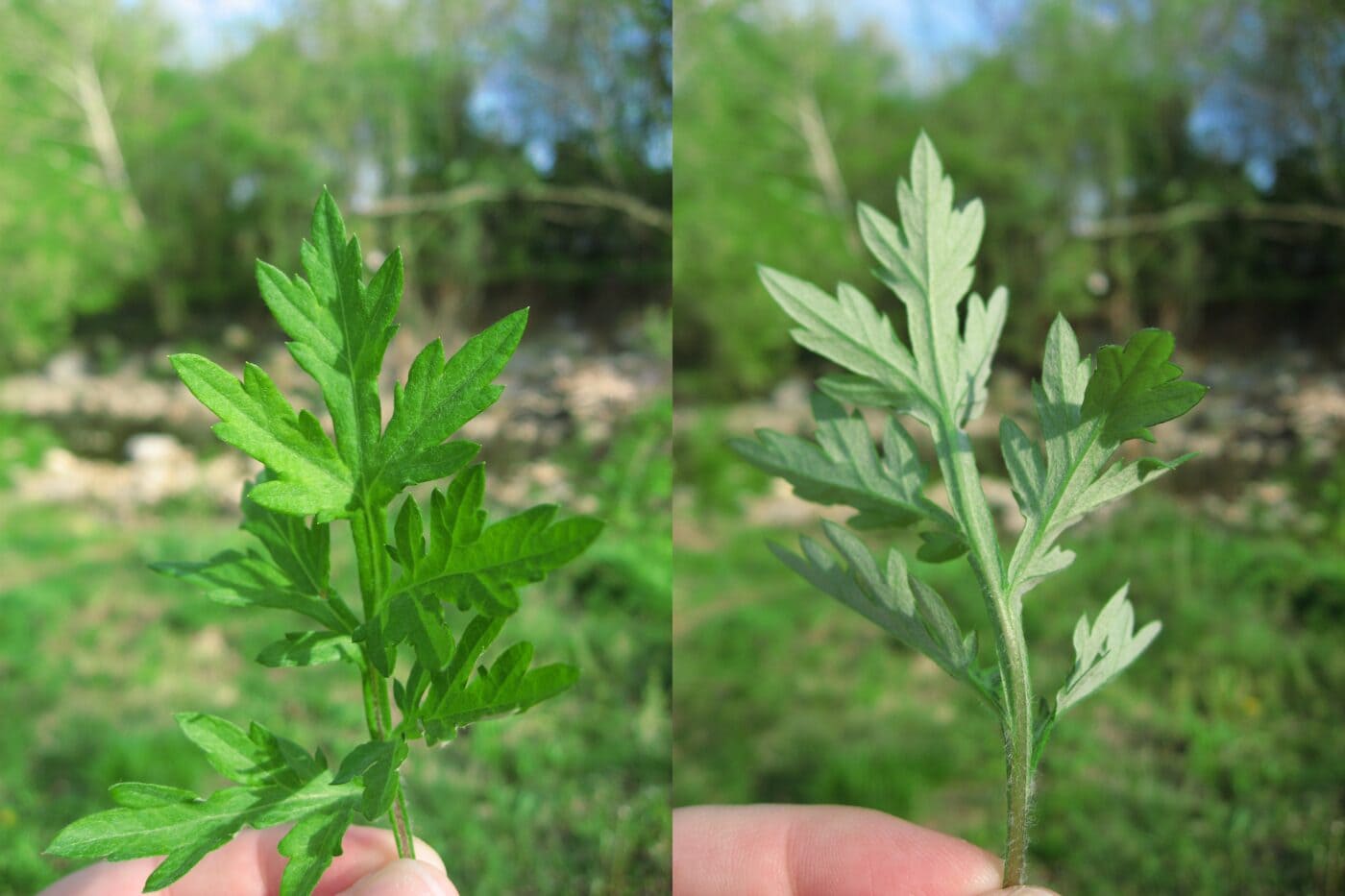
Where’s it found? Along roadsides and railroads, often in sandy and disturbed soils.
What does it taste like? Slightly bitter with a “unique musty herbal fragrance,” akin to sage.
What’s it good for? Leaves can be eaten fresh or cooked in soups and stews. (Martha Stewart offers a recipe for mugwort soup.) It’s also good as a dried spice on meats.
FYI: Women who are pregnant should not eat mugwort, as it can bring on menstruation, and over-consuming is not advised for anyone because it contains small amounts of a toxin called thujone. Traditionally, mugwort has been used to provide relief from arthritis and a number of digestive complaints. Though it’s not quite as robust as knotweed, be careful disposing of the roots.
Phragmites (Phragmites australis)
Also known as common reed, phragmites is one of the most ubiquitous wetland plants. Biologists aren’t sure about its origins in the U.S. It probably arrived as a “stowaway” from its native Eurasia in the ballast of ships in the 18th or 19th century.
What does it look like? Over 15 feet tall and found in dense stands. It sports leaves 20 inches long and purple or gold flowers in summer.
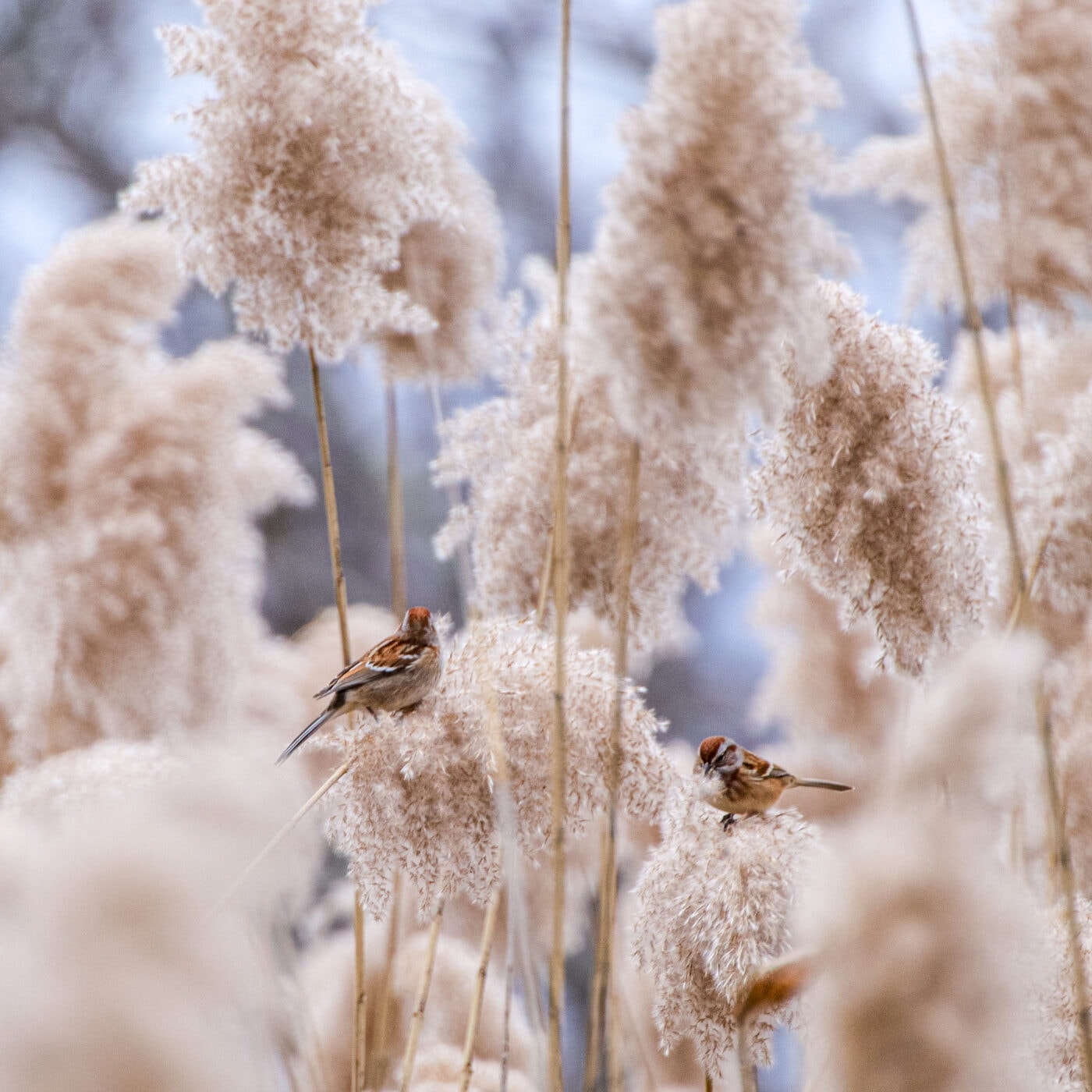
Where’s it found? Marshes and other wetlands.
What does it taste like? The roots taste like potatoes, the stems or shoots are sweet and licorice-like.
What’s it good for? Cook roots like potatoes. Young stems and shoots can be eaten raw, cooked, pickled or dried. The shoots can be roasted or cooked in a stir fry (like bamboo shoots).
FYI: Indigenous people dried phragmites stems and crushed them into a fine powder. When mixed with water and roasted, it created a sweet, marshmallow-like substance.
Wineberry (Rubus phoenicolasius)
A close relative of raspberries and blackberries that’s native to Asia, wineberry was introduced to the U.S. in the 1890s as an ornamental plant and breeding stock for raspberries. It has far fewer seeds than raspberries and a much higher water content.
What does it look like? Stems have a reddish appearance because of dense red hairs. Leaves are green on top, silvery underneath. Small berries appear in clusters in early summer.

Where’s it found? It tolerates just about any light, moisture and soil. Prevalent along roads and fields.
What does it taste like? Slightly sweeter and juicier than a raspberry.
What’s it good for? Munch them straight off the plant or bake them in a pie.
FYI: Birds love wineberries, so pick them ASAP.
Golden bamboo (Phyllostachys aurea)
While sold at garden centers elsewhere in the U.S., golden bamboo is persona non grata in New York, where state law prohibits its planting. Native to China, where it has been a staple for food and shelter for eons, it was introduced to the U.S. (via Montgomery, Ala.) in 1882 for use as a natural barrier.
What does it look like? Woody, golden-yellow stalks can reach up to 40 feet tall.
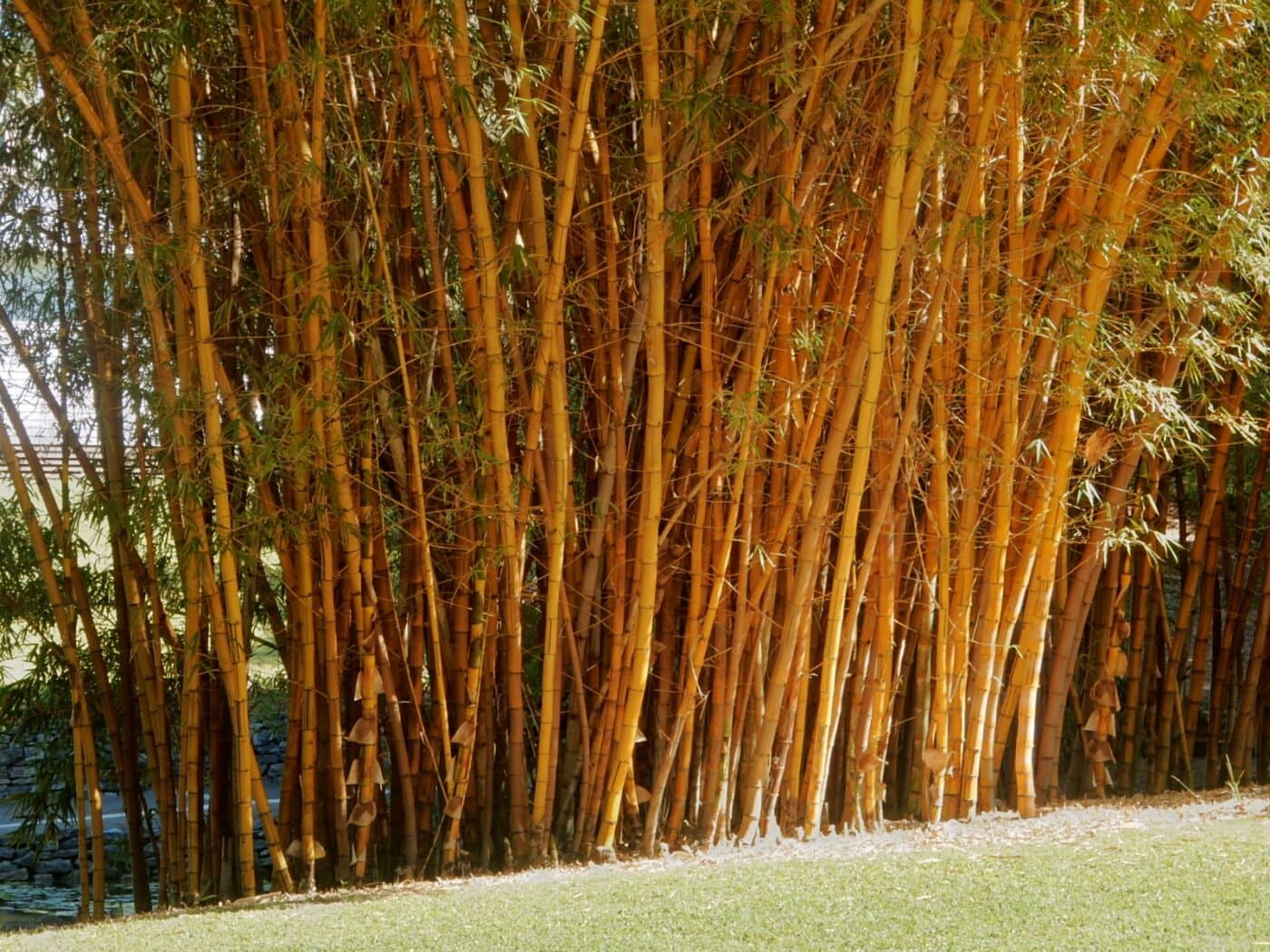
Where’s it found? In some yards as a noise break and, if left unchecked, in outlying yards as well.
What does it taste like? Said to be one of the sweetest bamboo varieties, not at all bitter.
What’s it good for? Loaded with vitamin C and E and potassium, golden bamboo shoots are tastiest when picked before they grow into long tubes. Peel the outer layers (similar to peeling an onion), boil for two hours and then use like canned bamboo shoots. NOTE: Boiling is essential to remove toxins from fresh shoots. (Canned shoots have been pre-boiled.) Serve in a traditional bamboo shoot Asian salad.
FYI: Per Penn State University: “Invasive bamboos are among the fastest-growing plants on Earth. A single infestation of golden bamboo can spread to an area of nearly 10 miles.”
Scenic Hudson is a partner in the Lower Hudson Partnership for Regional Invasive Species Management (PRISM), a cooperative of environmental organizations and individuals working to protect the region’s biodiversity through a collaborative approach to invasive species management.


